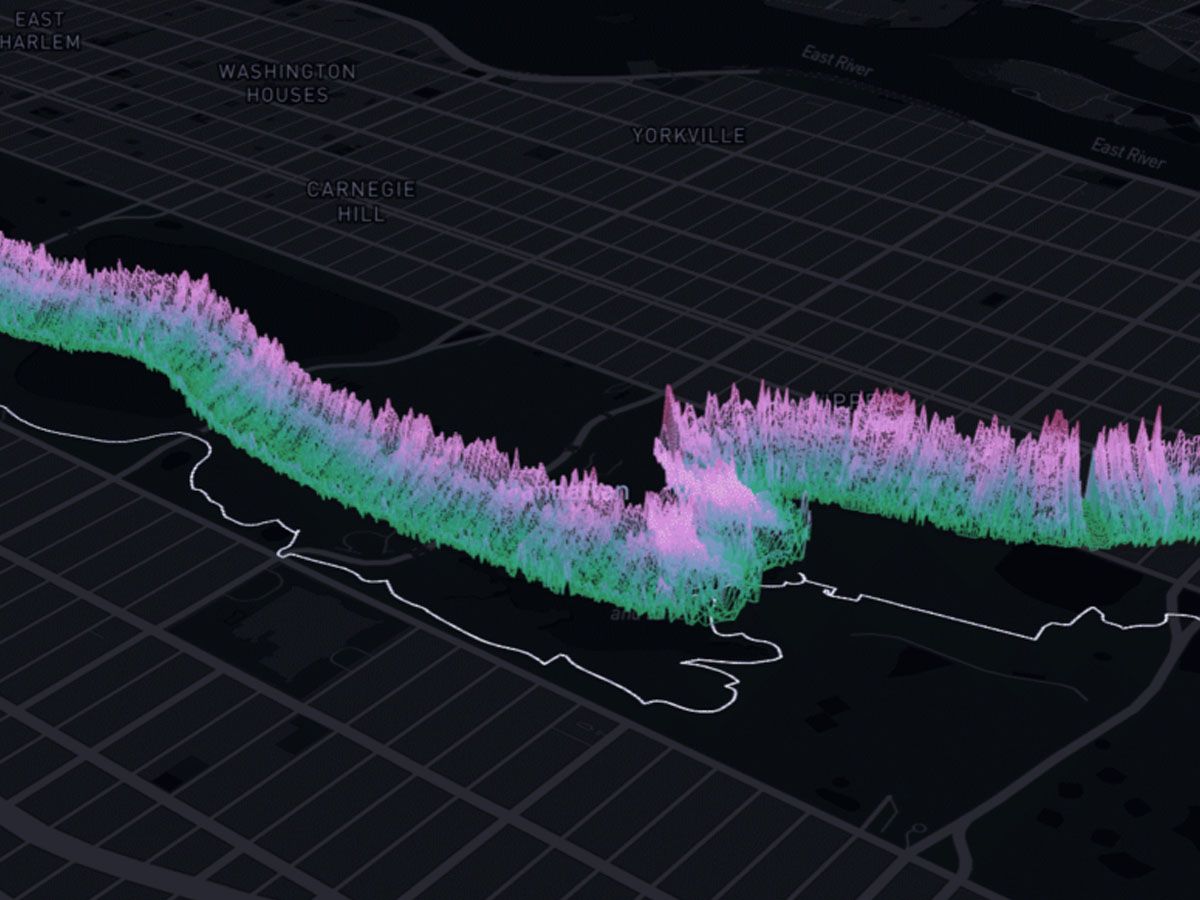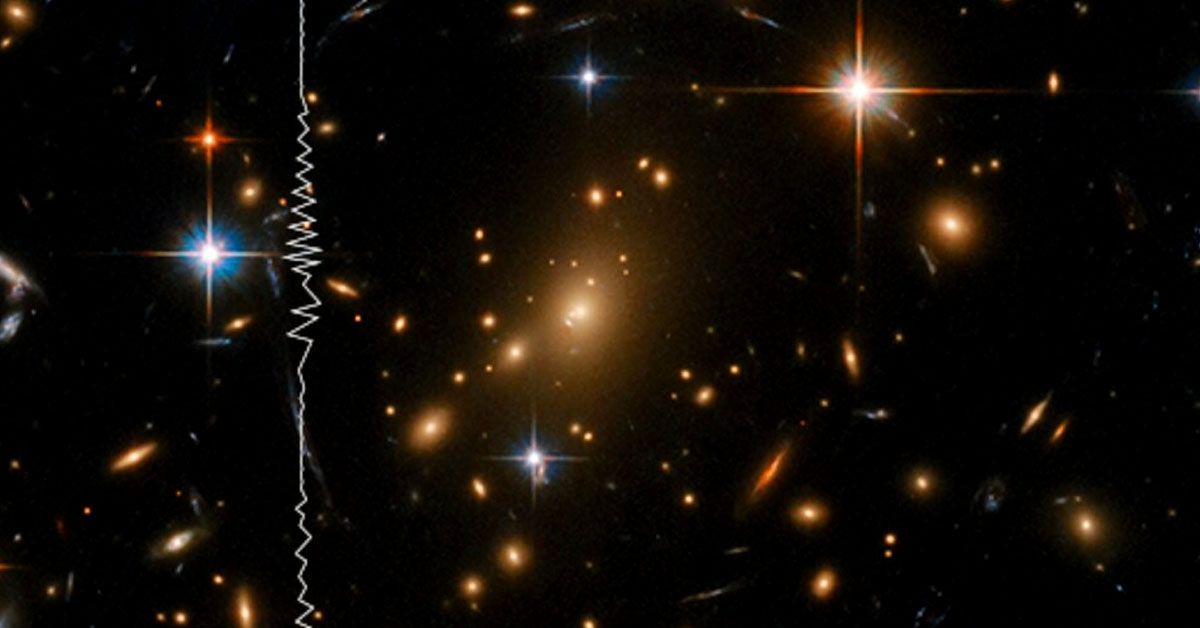Many celestial entities sparkle in the nocturnal sky. However, have you ever contemplated the auditory nature of these sparkles if they were transformed into music?
Let us delve into the captivating realm of sonification, an intriguing concept devised by the innovative minds at NASA.
But how precisely do these sonification function, and what insights can they provide into the enigmatic mysteries of space?
Understanding Sonification
Sonification is the process of translating data into sound. It might seem strange at first, but the concept is surprisingly intuitive. Imagine you're reading a bar graph. Instead of seeing higher bars as taller, imagine you hear them as louder.
That's the essence of sonification - converting one kind of information, like light or distance, into another kind we can understand differently, in this case, sound.
To illustrate how sonification work, consider the beautiful harmonies created in music. A harmony is produced when different musical notes, each with their distinct frequencies, are played together. The result is a richer, fuller sound than any single note can produce on its own.

Similarly, various telescopes gather different types of light - like X-rays, infrared, and optical light - from celestial bodies. Each telescope contributes unique information, akin to the unique notes in harmony.
When these different "light notes" are combined, we get a more detailed and nuanced understanding of the object observed, just like harmony gives us a richer musical experience.
NASA has been pioneering in using sonification to interpret data from its numerous telescopes. These include the Chandra X-ray Observatory, which detects X-ray light, the Hubble Space Telescope which observes in the optical and ultraviolet spectrum, the James Webb Space Telescope for observing far-infrared light, and the Spitzer Space Telescope, which detects infrared light.
By translating the data from these telescopes into sound, NASA has made strides in providing a new way to experience the wonders of our cosmos.
NASA's Sonification Projects
NASA's sonification projects have produced several remarkable "audio snapshots" of the cosmos. Let's take a closer look at some of these projects to see how they decode the hidden melodies within celestial objects.
Sonifying R Aquarii
The binary star system R Aquarii consists of a white dwarf and a red giant orbiting each other. From Hubble's optical data, we see intricate structures. The Chandra X-ray data adds another layer, revealing a jet from the white dwarf and shock waves throughout the system.
When this data is sonified, the process scans the image in a clockwise direction, starting from 12 o'clock. The sound's volume changes with brightness and the distance from the center determines the musical pitch.
As a result, the sonification creates a dynamic symphony, with deep thuds produced by the "diffraction spikes" in the image corners and a melody that rises and falls, resembling singing bowls, created by the ribbon-like arcs in the system.
Stephan's Quintet through Sonification
Stephan's Quintet is a tight group of five galaxies. Four of them are interacting with each other through gravity, while the fifth one is at a different distance. The sonification of this group starts at the top and scans downward, changing pitch according to brightness.
As the scan passes over Stephan's Quintet, frequencies change smoothly. The visual data from James Webb and Spitzer telescopes, along with X-ray data from Chandra, are translated into notes on a synthetic glass marimba and a synthetic string sound, with stars producing sounds like crash cymbals.
The Melody of Messier 104
Messier 104, also known as the Sombrero Galaxy, is one of the largest galaxies in the nearby Virgo cluster. It is viewed nearly edge-on, revealing a bright core and spiral arms.
Different types of light detected by Spitzer, Chandra, and Hubble telescopes offer various insights, like a dust ring, a hidden disk of stars, hot gas, and point sources.
When sonified, brightness controls the volume and pitch of sounds, while the Chandra X-rays give rise to a synthesizer-like sound, Spitzer's infrared data create string sounds, and Hubble's optical light contributes bell-like tones.
The Teams Behind the Sonifications
At the forefront of these sonification projects is the Chandra X-ray Center (CXC). Based in Massachusetts, the CXC manages the science and flight operations of the Chandra X-ray Observatory.
The center's leading visualization scientist, Kimberly Arcand, played a pivotal role in these projects, working alongside astrophysicist Matt Russo and musician Andrew Santaguida, both from SYSTEM Sounds.

The sonification projects form an integral part of NASA's Universe of Learning (UoL) program. The UoL is an education initiative that aims to create immersive learning experiences based on innovative astrophysics programs. It connects the public with the universe around them, using a diverse range of mediums - including sonification.
These sonifications provide a unique way to explore the cosmos, allowing us to not only see the universe but also listen to it.
Sources: nasa.gov













